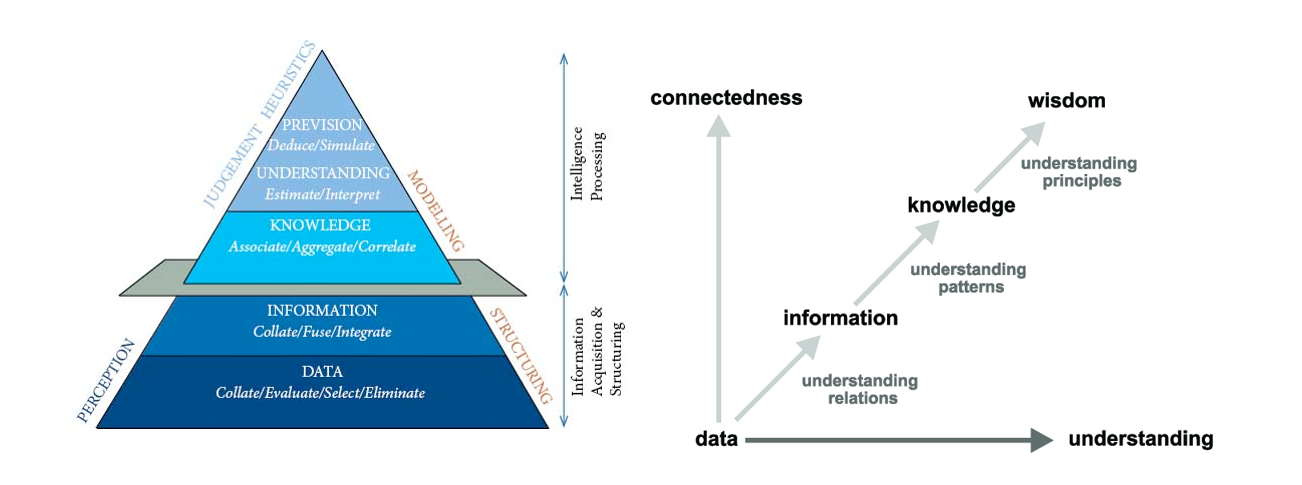A Modern Network Provides a Smooth Evolution to Smart
Is the World Really Becoming Smarter?
“Smart” is the buzzword for strategic industries operating in Energy, Utilities, and Transportation. We are also starting to see this “Smart” nomenclature used in local authorities, defense and public services. The list below gives some of the more common systems, but it is far from extensive:
- Smart Grid
- Smart Lighting
- Smart Energy
- Smart Cities
- Smart Highways
- Smart Airports
- Smart Retail
- Smart Buildings
- Smart Manufacturing
- Smart Metering
- Smart Policing
- Smart Health
- Smart Battlefield
In fact any systems used for generation, distribution or measurement or any system involving remote autonomous control or any systems that can be improved with increased information flow is being associated with the word “smart”.
But What Is Smart?
Smart is synonymous with the Internet of Things (IoT). A thing in the internet of things can be a sensor collecting information, information output from a system or even a person with a heart monitor implant. This information is then fed back over a network (the internet) to a control and/or information gathering system. The whole system becomes smart when something useful is done with the data generated from the devices (things) embedded in the network.
In its simplest, raw form, the data can be used directly to control whether street lights are turned on/off or to monitor. Display the position of a vehicle with a GPS locator. However, the use of analytical tools and knowledge management systems can convert this raw data into information and knowledge that can then be acted upon, traffic information systems are good examples of this. This can be further enhanced with workflow management and bespoke algorithms to make autonomous or semi-autonomous decisions. An example would be a traffic management system that dynamically controls the traffic flow based on data received from sensors monitoring traffic flow, speeds, road conditions, video etc. and uses this to modify traffic light sequencing, speed limits, lane allocation and route alternatives. This could be further enhanced by adding intelligent systems able to learn from previous experiences, allowing lane sequencing on a smart highway (ie. How lanes in each direction at a given time of day).

As we move from information and control-based systems to knowledge and learning-based systems, will see distinct systems sharing knowledge and understanding with each other. The smart city is a great example of this and we already see projects around Smart Tourism and use of integrated public/private transport and parking to attract consumers to shops in town centres.
Why Is Smart so Popular and Relevant in Strategic Industries?
SCADA systems (supervisory control and data acquisition) are and have been used by strategic industries for over 50 years now. SCADA is used to gather data in real-time from remote locations and then feed this data back to a control system which then uses this data to control equipment and conditions.
Sounds very similar to the IOT/Smart systems we discussed earlier – right?
The “things” in the SCADA system are typically actuators, sensors and IEDs (Intelligent Electronic Devices not to be confused with improvised explosive devices !!). Remote terminal units (RTUs) and PLCs Programmable logic controllers (PLCs) provide the “network” to feed the data generated from the actuators, sensors and IEDs back to the supervisory computer system with provides the control. In fact, it can be argued that late-generation SCADA systems developed into the first IoT systems.
The difference between a SCADA control system and a Smart system is:
- More sensors - provide a more complete picture of what is happening in the network
- More systems - instead of just simple control of speeds and feeds, sensors are used to monitor access control environmental conditions or new sub-systems added into the smart system e.g lighting
- More control – provide more granular control of the systems being monitored
- More intelligence - knowledge based systems are used to the systems instead of the simple control systems of the past
Why Now?
We have an intersection of challenges and solutions which make now the perfect time for the evolution to Smart systems.
Challenges: Strategic industries are being challenged to provide better security, safety and customer services whilst becoming more environmentally friendly. Everything has moved to IP, but the existing communications networks used to transport SCADA are not optimized for IP and is also in many cases they are well past end-of-life.
Solutions: The internet of things provides a framework allowing data to be gathered to allow the systems to be enhanced to address the challenges they face. Next generation telecommunications technologies like 5G, deterministic IP transport and high capacity, long-range optical transport provide an efficient framework to connect this IoT network to the knowledge management systems that drive the improvement.
A Modern Communications Network Provides a Smooth Evolution to Smart
The communications network is required to connect the sensors embedded in the network to the control and knowledge systems driving the smart network. However, the communications network can also play a key role in smoothing the evolution to “smart”.
Reducing the Complexity of Multiple Systems and Technologies
Use of a multiservice, technology aggregation platform at the point of access helps reduce complexity and control costs. This converged access aggregation platform should have the ability to aggregate all the data received from all of the various sensors, regardless of the access technology used. In addition, some services require dynamic packet transport, others require highly deterministic behaviour, and the transport network should be able to use deterministic or dynamic packet transport as required on a service by service basis.
Point of Access Security to Make Network Devices More Secure
The converged access aggregation platform is located at the point access to the network, this is an ideal location to isolate the network devices from the rest of the network. At this point, it makes sense to instigate firewalls, intrusion detection and intrusion prevention functionality. Anomaly detection capabilities can be added ensuring the network devices are operating as expected. In addition, to stop man in the middle type attacks, it makes sense to encrypt the data at this point, before it is transported across the network.
Network Segregation to Reduce the Risk of One Comprised System Impacting Other Systems
This is slightly more complicated, but slicing technology designed for 5G transport networks can now help. In network slicing, virtual networks are created across a single physical transport network. The level of isolation required can be programmed. In softer isolation options, services are isolated from each another, but extreme overload conditions one service could potentially impact the performance of other services. In harder isolation options, there is full segregation between the services, so there is no way one service can impact another.
Robust Systems and Segregated Control Paths Reduce the Risks of Interlinked Systems
Using communications that are highly reliable with mission critical availability and software restoration capabilities can ensure that the communications network does not add to the risk of one system failing affecting other services. In addition, using slicing to segregate the control communications will at least ensure that the control information is passed through the network even in the event of a failure.
Low Latency Feedback Provides Real-time Control Loop for Automated Systems
To reduce the risks associated with automated systems a real-time feedback loop is required. The communications network can provide this with accurate, low latency communications between sensors in the network and the automated systems. Again slicing technology helps provide this, all network conditions.
Find out more about our Solutions for Critical Infrastructures
Conclusions
Evolution to smart systems are inevitable due to the benefits they bring.
- More sensors - provide a more complete picture of what is happening in the network.
- More systems - instead of just simple control of speeds and feeds, sensors are used to monitor access control environmental conditions or new sub-systems added into the smart system (e.g lighting).
- More control – provide more granular control of the systems being monitored.
- More intelligence - knowledge-based systems are used to the systems instead of the simple control systems of the past.
It is clear to me that a programmable, sliced, multiservice, communications network is required to provide optimized secured communications between the smart devices and the control networks driving the smart systems.



